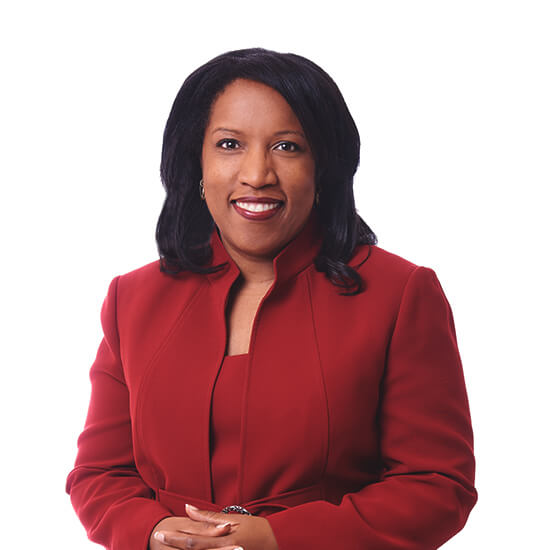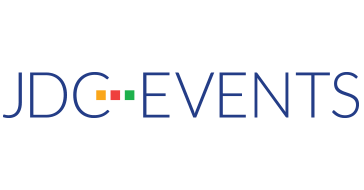15 Feb 5 Questions for Qualifying Event Planning Clients
When you are a growing event planning company, you might think that every lead that comes your way is a good thing. That’s probably true most of the time. But, there are situations when a potential client is not a great fit for your company. If you want to be sure that you and your client are a match made in heaven, consider qualifying your client by conducting a fit assessment. You will learn what your potential client wants and decide if you are the best company to help them reach their goals.
What are your objectives?
This question might seem obvious, but a lot of clients are not really clear on their objectives or why they are having an event. All they know is that this is something they do every year or that the sales team said they wanted to have a regional meeting. We understand that meeting planners can get very focused on executing the details, but understanding your client’s goals and objectives will help you design a meeting that meets their needs.
Different strategies will need to be deployed depending on your client’s objective. Are they looking to drive awareness of a new product launch? If so, then you want to design a meeting that evokes anticipation and excitement. Perhaps they are planning a Board of Directors meeting that incorporates social activities as well as formal meetings. The strategy here may be to find a venue that offers multiple activities combined with top-notch business facilities. Without building a strategy based on objectives, you cannot design a successful meeting for your client.
What is your budget?
We have all heard the expression “champagne taste on a beer budget.” That is especially true in the event industry. Lots of clients want all the bells and whistles at an event while their budget allows for the bells or the whistles but not both. Understanding the client’s budget upfront allows you to plan a meeting that meets their expectations.
We recently worked with a client who wanted to have his annual meeting in Beverly Hills. The challenge was that had the same budget as the previous year when the meeting was held in Houston. To accommodate our client’s request and stay within the budget, we worked closely with the hotel to schedule the meeting during a slow period when the property needed the business. Our relationship with the hotel proved invaluable when trying to accommodate our client’s request for a Beverly Hills meeting on a Houston budget.
Who is the ideal attendee for this meeting?
The most successful professional meetings are those with a compelling agenda, great speakers and engaged participants. But those elements just don’t happen by themselves. After you explore the objective of the event you need to understand who your client is trying to reach.
For instance, there is considerable discussion in the meeting industry about how to successfully build events for different generations. There’s no one-size-fits-all solution. The best strategy is to understand your audience and speak to their specific needs. How the millennial generation “hears” a message may be different from Baby Boomers’ experience. Spend the time to truly understand who will be attending this event and then you can successfully determine how to reach them.
What are your constraints?
Every event has constraints that need to be taken into consideration. Often times the constraints deal with time, quality and cost, but other factors do come into play when planning a meeting. We once planned a President’s Club meeting in Mexico where attendees came from all over the world. Managing the transportation logistics for this was challenging but not impossible. Fortunately, we were able to work with a transportation company that provided 24-hour service and we were able to accommodate all of our arriving guests regardless of when they arrived at the airport.
Another constraint to be considered is weather. Have you ever tried designing a team-building session in Las Vegas in July? It is not easy. We designed an indoor scavenger hunt that minimized the amount of time spent outside. This proved to be a great solution when planning around a 100-degree day.
What are your competing priorities in terms of timing, budget and management attention?
I once worked with a marketing firm that had a sign on their wall that said, “You can have high quality or low cost but not both.” I often wonder if that is true. For many events, the timing is only impacted if the client comes to you last minute about the event. Then you are in a situation where you need to scramble to put on a high quality event, which typically costs more money.
The biggest challenge in this situation is when you need senior management approval. As we all know, C-level executives are very busy people. Getting their attention can be challenging, especially when you are under tight deadlines. However, if you understand the client’s priorities upfront you can manage the client’s expectations and work your magic to pull off an event that everyone will be proud of.
As much as we would all love to take every piece of business that comes through the door, the reality is that some clients are not a great fit. Asking a few simple questions by conducting a fit assessment will help ensure that you’ll be successful in planning an event that meets your client’s needs.
Are there questions you would add to a fit assessment that are not covered above? We’d like to hear how you go about qualifying your clients!

Jennifer D. Collins is the founder, President, and CEO of JDC Events. She is a Certified Meeting Professional (CMP), Digital Events Strategist (DES) and well known events industry thought leader. She is Vice Chair of the Board for WBEC Metro NY and WBEC Greater DMV, a member of the Women’s Presidents Organization (WPO), and the Author of Events Spark Change: A Guide to Designing Powerful and Engaging Events.



